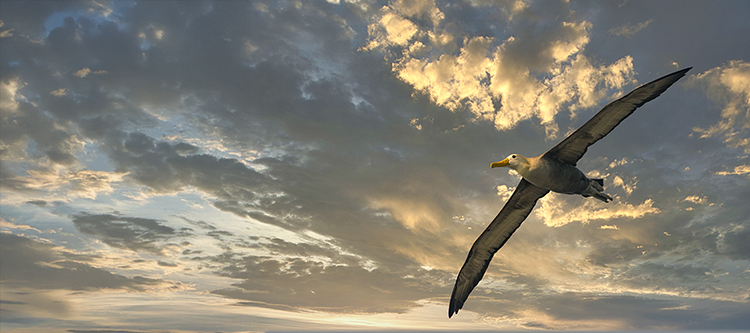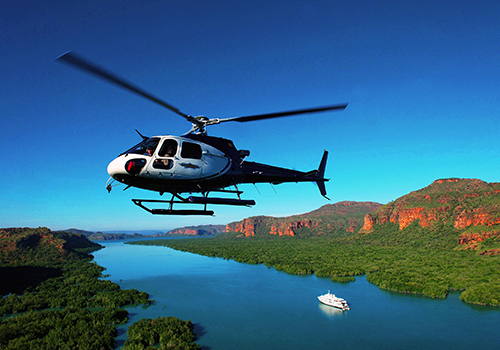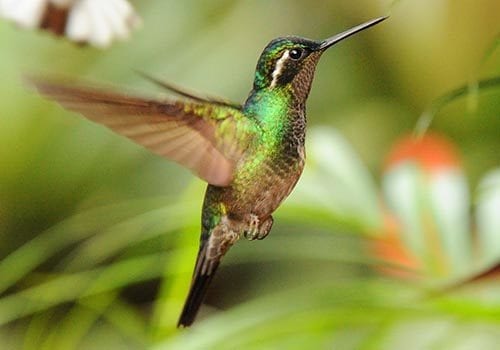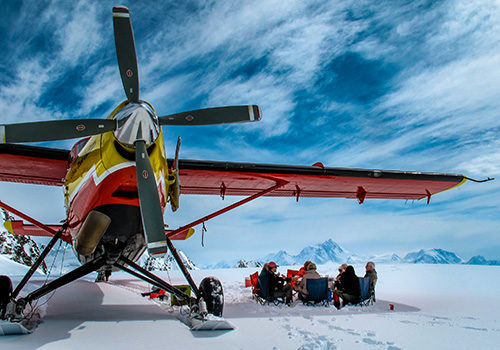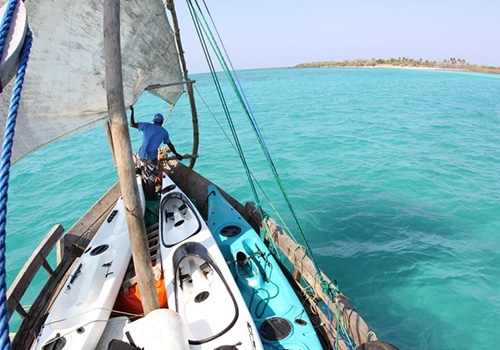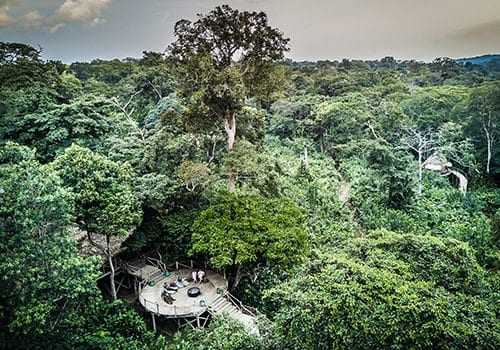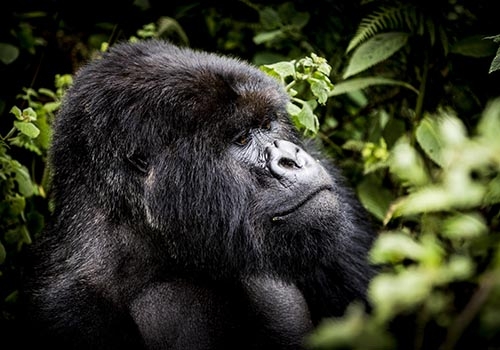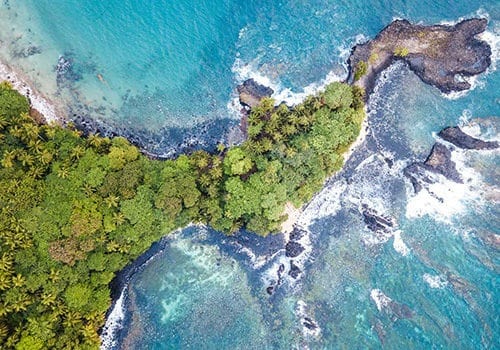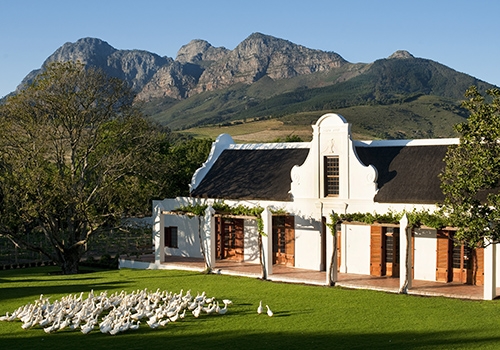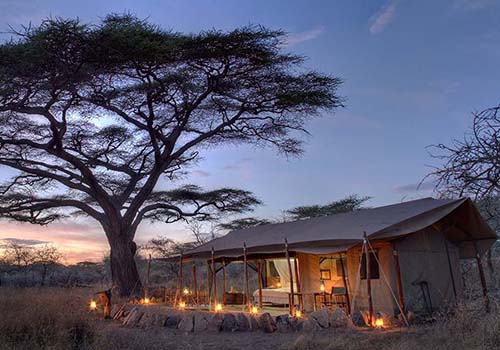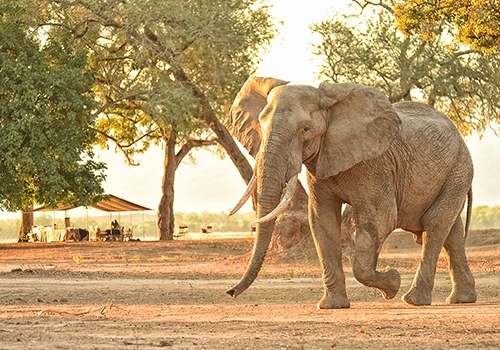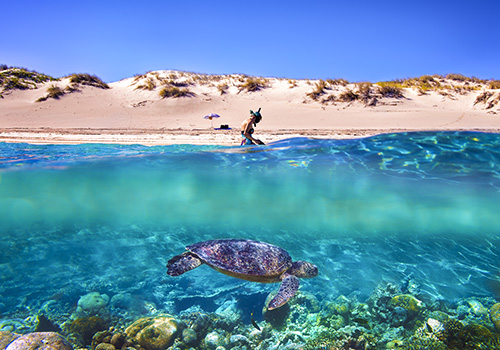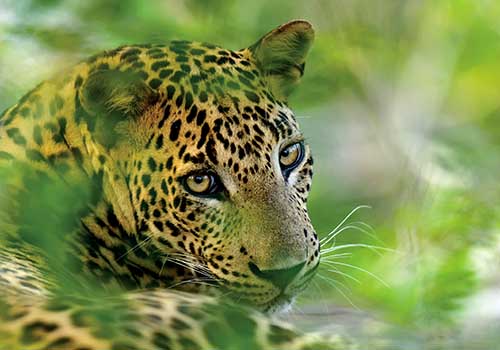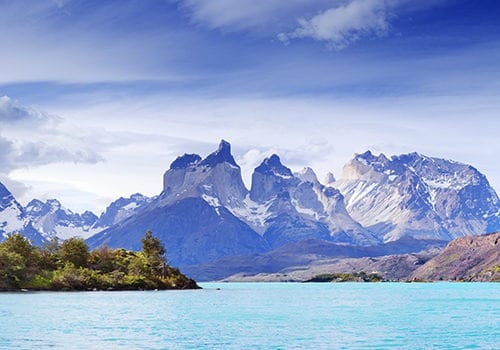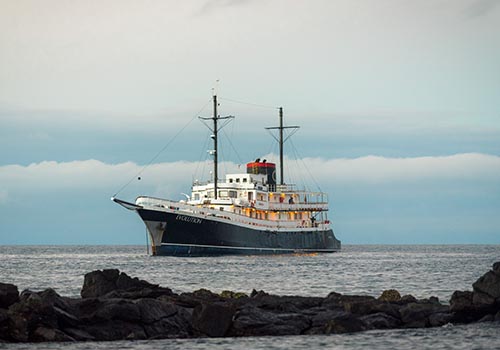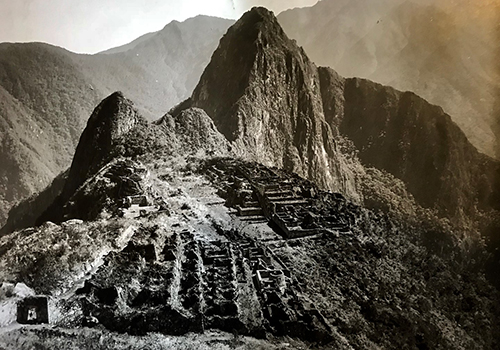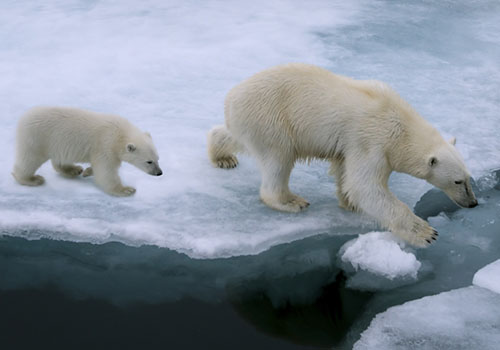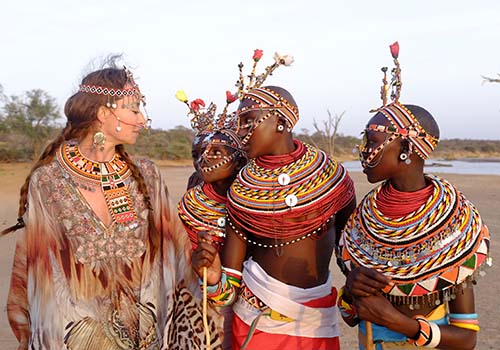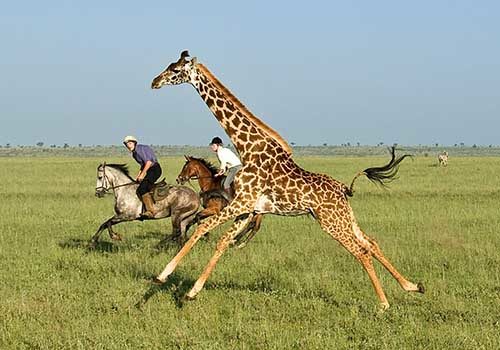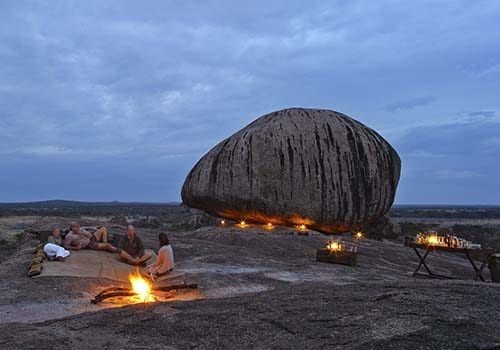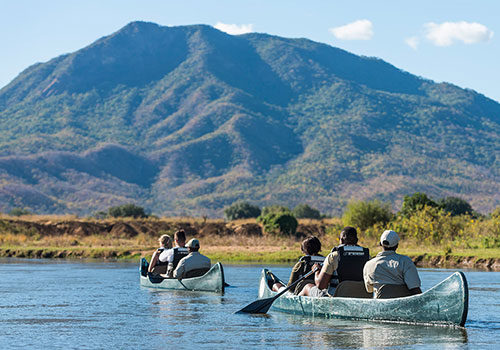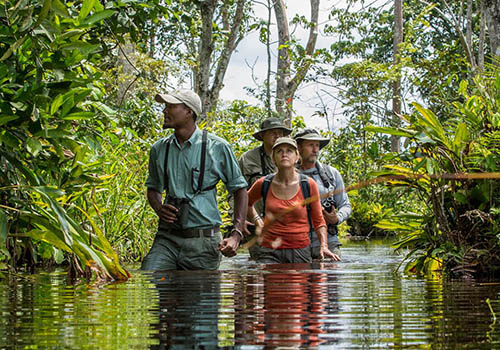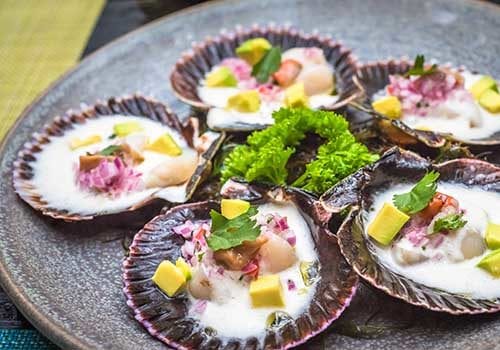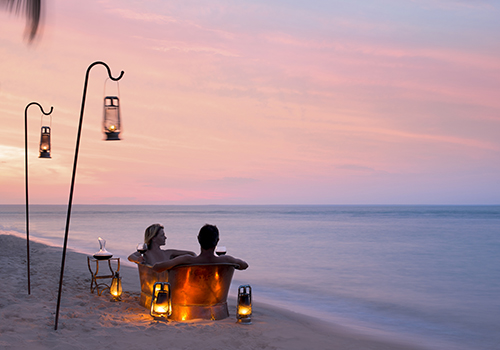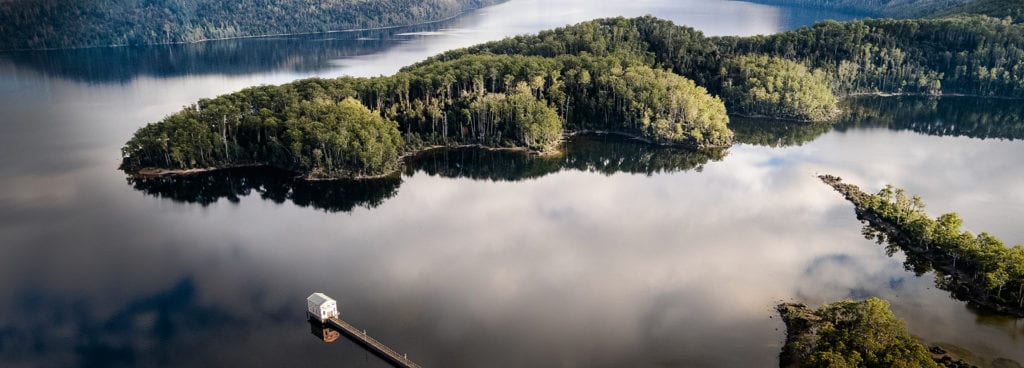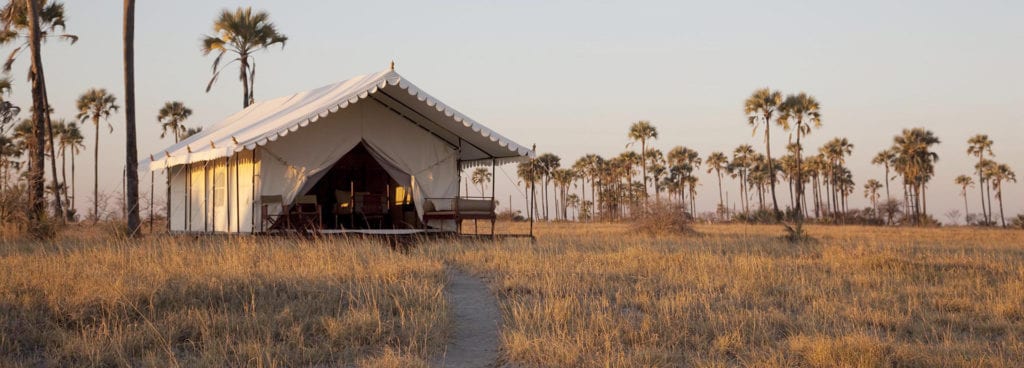DISPATCHES FROM EXOTIC LANDS
Why the Galápagos Should Be on Every Nature Lover’s Bucket List
There are few places on Earth where the wonders of the natural world unfold as vividly, and as intimately, as in the Galápagos Islands. A remote archipelago scattered across the Pacific Ocean, this enchanted chain of volcanic islands offers a front-row seat to evolution in action. Where else can you snorkel alongside playful sea lions in the morning, cross paths with a centuries-old giant tortoise by afternoon, and toast the setting sun to a chorus of birdsong that Darwin himself might have heard?
For nature-loving travellers who appreciate rare wildlife encounters, pristine seascapes, and deeply immersive experiences, a Galápagos itinerary is not simply more than just a holiday. it’s a rite of passage.
Nature as It Was Meant to Be Experienced
Unlike traditional wildlife destinations where binoculars and patience are required, the Galápagos offers something far more intimate. The animals here have evolved in isolation from humans and show little fear of visitors. Walk along the lava-rock trails of Española Island and you may need to sidestep a marine iguana sunning itself on your path. Paddle through turquoise waters near Santa Cruz, and a curious Galápagos penguin might dart playfully past your kayak.
Blue-footed boobies perform their whimsical courtship dance just metres away. Frigatebirds inflate their brilliant red throat pouches in dramatic displays above the cliffs. Every moment in the Galápagos feels like a privileged encounter—a sense that nature has invited you in for a private showing.

The Luxury of Discovery, Redefined
While the raw wilderness of the Galápagos is undeniable, your journey through it need not mean sacrificing comfort. Today’s luxury expeditions blend refined travel with deep immersion, allowing guests to experience the wild in style. Picture waking up on a private yacht to a sunrise over Fernandina’s volcanic coastline, then stepping ashore for a guided walk through lava fields strewn with dragon-like iguanas. Or unwinding after a day of exploration with gourmet Ecuadorian cuisine and world-class wines under the stars.
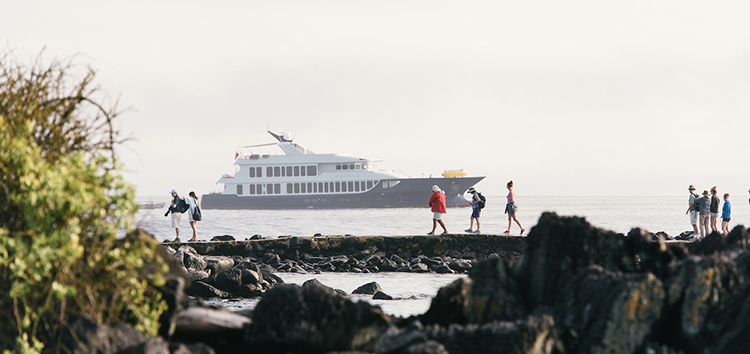
What makes a Galápagos tour truly exceptional, however, is the personalisation. Expert naturalists—not just guides, but passionate storytellers and biologists—accompany every step, helping you spot endemic species, interpret behaviours, and connect the landscape to the greater ecological story. Whether you’re a seasoned birder or a first-time snorkeller, your itinerary is shaped around your interests and abilities.
Snorkel, Stroll, and Sail: Signature Experiences
The Galápagos offers a range of unforgettable moments that blur the line between observation and participation. Few can match the magic of snorkelling in Gardner Bay, where curious sea lions pirouette in the clear water, or swimming alongside green sea turtles and reef sharks in the lava tunnels of Isabela Island.
On land, you might wander across the highlands of Santa Cruz to visit a sanctuary for giant tortoises, where these gentle giants roam freely through misty forests. Or you might find yourself clambering up the surreal red cliffs of Rabida Island to marvel at colonies of nesting pelicans and flamingos.
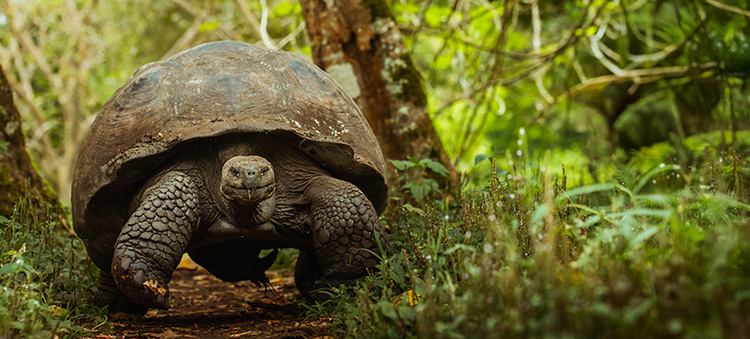
Each island offers its own unique cast of characters, from flightless cormorants to the lava lizards that dart across the rocks. And because visitor numbers are strictly controlled, each excursion feels personal, never crowded—just you, your guide, and the untamed world around you.
When to Go: Nature’s Calendar
The Galápagos is a year-round destination, but your experience will vary depending on the season. From December to May, the weather is warmer and waters are calmer—ideal for snorkelling and beach excursions. This is also mating season for many bird species, making it a fantastic time for wildlife photography.
From June to November, cooler ocean currents bring rich nutrients to the surface, attracting a higher concentration of marine life. It’s a great time for scuba diving, and you’re more likely to see whales and dolphins. Expect cooler temperatures on land and more active sea conditions during this period.

The beauty of the Galápagos lies in its rhythm—one that doesn’t follow human holidays or high seasons, but the eternal cycles of breeding, migration, and metamorphosis. No two visits are ever quite the same.
Land or Sea? Choosing Your Base
Travellers to the Galápagos generally choose between two styles of stay: land-based lodges or small-ship cruises. Each offers its own perspective on the archipelago.
Land-based stays—typically on the islands of Santa Cruz, San Cristóbal, or Isabela—allow you to settle into boutique eco-lodges and explore at a more leisurely pace. This option suits those who prefer privacy, space, and flexibility between excursions. You’ll return each evening to your base and have time to enjoy local communities, markets, and cuisine.
On the other hand, a small-ship expedition allows you to cover more territory, waking up each day in a new location with minimal travel fatigue. Vessels range from luxury catamarans to elegant yachts, and because ship sizes are limited by park regulations, even the most opulent crafts retain an intimate, low-impact footprint.
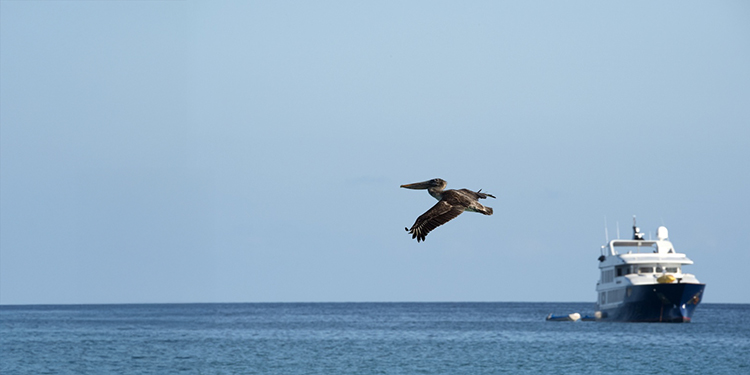
Many travellers find the perfect balance in combining both—beginning with a cruise through the outer islands, then concluding with a few nights in a secluded beachfront lodge.
The Galápagos Effect: A Lasting Impression
There’s something about the Galápagos that lingers long after you’ve returned home. It’s not just the images—the diving frigate birds or the staggering vistas from Bartolomé Island—it’s the feeling of having stepped into a world where nature still leads the way. It’s the humility that comes from watching a 150-year-old tortoise plod patiently past, or from witnessing creatures that exist nowhere else on Earth carry on as they have for millennia.
This is not a place to simply tick off a list of sights. It’s a destination that reawakens your sense of awe, and invites you to slow down, observe, and connect.
For nature lovers seeking more than just scenery, and anyone experiencing luxury travel in South America and who wants to be moved, educated, and inspired—the Galápagos is not just a worthy addition to the bucket list. It may very well be the crown jewel.
